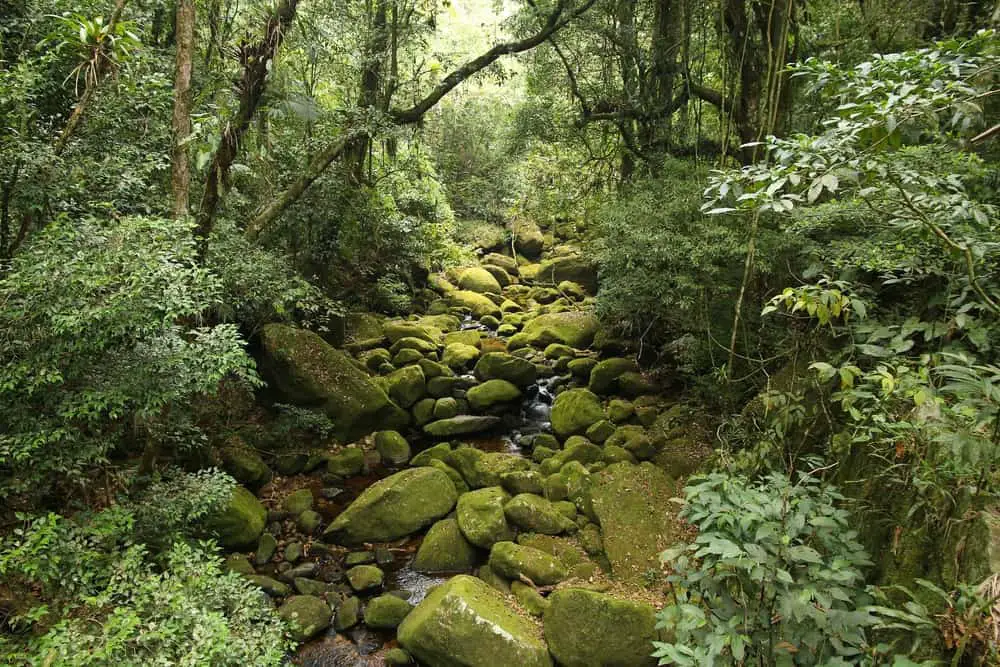
There are two main types of forests in Brazil, both of which are classified as tropical forests due to their location in relation to the equator. The forests in Brazil either consist of rainforest, including nearly 60% of the Amazon rainforest, or secondary forest, which is a juvenile forest that has been planted as a response to deforestation. The tropical forest in Brazil is the primary habitat of countless plants, fish, mammals, amphibians, birds, and reptiles.
When it comes to forest areas, Brazil is home to some of the most diverse and dense forest areas in the entire world. Due to its location, much of the forest in Brazil is categorized as a tropical forest. It is hot and humid and home to countless species of flora and fauna that make this a diversified and valuable area.
60% of the Amazon rainforest is located within Brazil’s borders, and it follows that this area receives a great deal of rain throughout the year. Although the heart of the Amazon rainforest is in Brazil, much of the forest area is rapidly disappearing due to timber production and cattle ranching.
Below, let’s take a closer look at the types of forests in Brazil and better understand the plants and animals that call these forests home.
Table of Contents
Tropical Forest
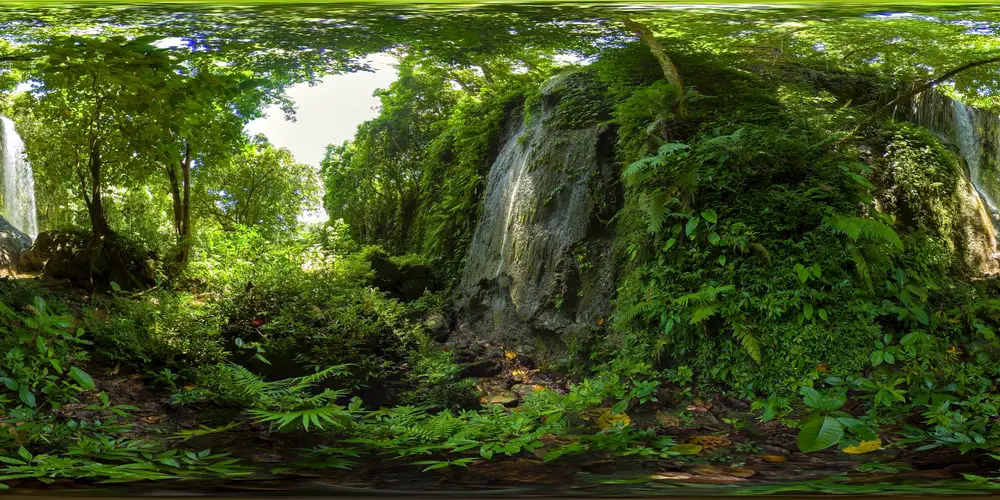
Technically speaking, a tropical forest is any densely populated forest area that is located 28 degrees north or south of the equator. This location makes these tropical forests hot and wet. Usually, tropical forests will have an average yearly temperature that hovers around 85 degrees.
While there are tropical forests throughout the world, including South America, Asia, and Africa, Brazil has over 30% of the world’s tropical forest area.
Brazil’s tropical forest is filled with dense trees that grow to be thick and tall. The trees have a secure root system and are held in place by intertwined vines that interlace through the trees. Brazil is home to several endemic species of trees, including several species of the Brazil nut tree, brazilwood, kapok-bearing ceiba, the rubber tree, and palms.
Several beautiful plants also make their home in Brazil’s tropical forests. Plants include rosewood, orchids, and water lilies.
Many native species of animals live in the tropical forests, including several endangered species and threatened species. Some of the most common animals living in Brazil’s forest include sloths, monkeys, capybaras, pumas, armadillos, and jaguars. Birds fill the forests, making homes in the forest canopy. Common birds in the area include owls, kingfishers, macaws, and toucans.
Amazon Rainforest
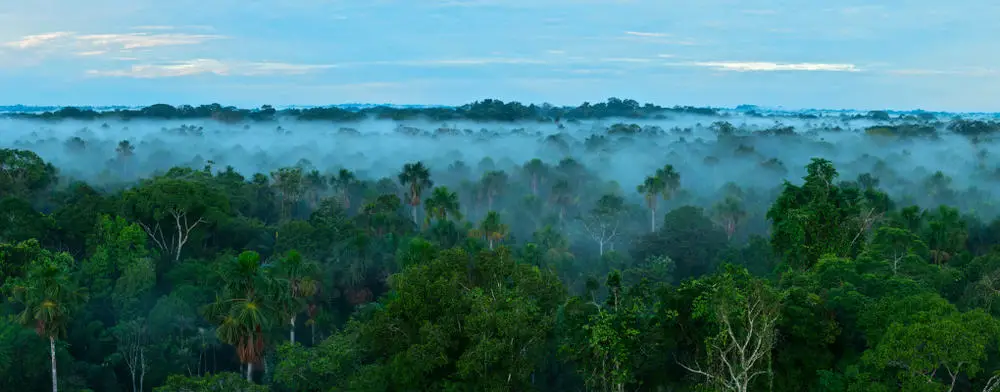
While certainly a tropical forest, Brazil is also home to the infamous Amazon rainforest. Still tropical, a rainforest deserves a special type of definition. Rain forests are areas that receive a great deal of rain and are usually very high in humidity.
While it is common to see rainforests in hot and tropical regions, it is possible to have a temperate rainforest as well. When examining the Amazon rainforest specifically, Brazil is home to over 60% of this fantastic, diverse, but shrinking forest.
The tropical forest in Brazil encompasses the Amazon rainforest. The forest certainly qualifies as tropical and receives a large amount of rain each year, with high humidity. To qualify as a rainforest, an area must receive at least 60 inches of rainfall each year. The Amazon rainforest usually receives at least 80 inches of rain in a typical year.
Like a tropical forest, the Amazon rainforest has several animals and plants that thrive in a rich, humid environment. The rainforest consists of many layers, including several canopy layers in the treetops and the ground layer below the trees. The many tributaries that connect to the Amazon River help to provide moisture and much-needed nutrients to flora and fauna in the area.
There are more than 40,000 different plant species in the specific Amazon rainforest, 3,000 different species of fish, 1,300 different birds, more than 430 mammal species, 400 reptile species, and more than 1,000 amphibian species. This part of the world is incredibly diverse and dependent on all aspects of the rainforest to remain balanced.
Deforestation
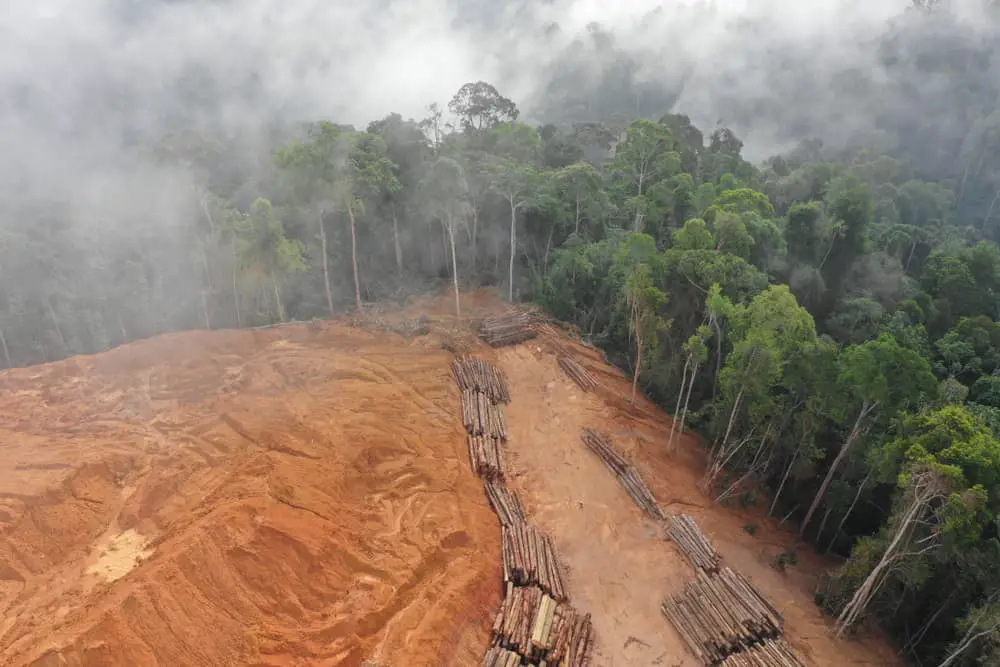
Unfortunately, like many of the world’s forests, the forests in Brazil are shrinking dramatically due to deforestation. There are many reasons why the rainforest in Brazil continues to shrink, but undoubtedly the biggest culprit is human intervention.
Much of the forest in Brazil is cut down to be used for timber. In fact, timber extraction in Brazil’s forests accounts for 136 million cubic meters of timber. Further, deforestation is occurring as farmers clear forests to make room for pasture.
Secondary Forest
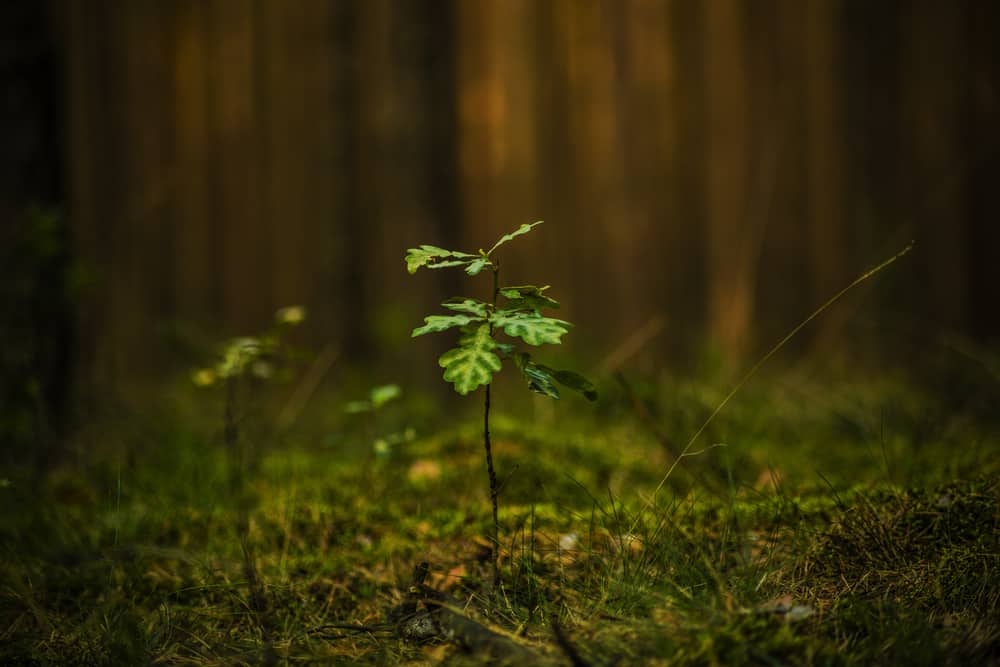
The growing deforested area in Brazil is an increasing concern with environmentalists and activists around the world. A great effort has been underway for the past 50 years to replace the deforested areas in Brazil with new trees. By planting new trees, it may be possible to prevent deforestation.
The new, young trees that will grow and develop in the once deforested area are secondary forest trees. These trees are more youthful, thinner, and still growing.
Although secondary forest planting is a significant first step compared to the alternative in the Amazon basin, scientists have found this forest management technique doesn’t compare to the actual forest area in the Amazon basin area.
Much of the plant species and wildlife diversity found throughout the Amazon basin are lacking in secondary forests. While tree species may be the same, birds and animals are not nearly as dense as their true rainforest counterparts. Time will tell if the secondary forest will recapture the lush vegetation and endemic species only found in the native forest.
FAQs
Understanding the diversity of vegetation, animals, and bird species found through the forests in Brazil can be complicated, especially with so many tiny differentiations between different forest types. We have put together a list of frequently asked questions to help you better understand the types of forests in Brazil.
Hopefully, by reading through some of the commonly asked questions surrounding Brazil’s forests, you will better understand this unique and special area in the world.
What is the difference between a tropical forest and a rainforest?
It can be tricky to differentiate between a tropical forest and a rainforest because there is a great deal of overlap. A tropical forest is more closely related to the location of the forest. To be a tropical forest, the forest must be within 28 degrees of the equator, either to the north or the south.
The average yearly temperature in a tropical forest is about 85 degrees, making these areas hot and humid and may also qualify them as a rainforest.
Conversely, a rainforest is designated by the amount of precipitation the area receives each year. Usually, to qualify as a rainforest, the area must receive at least 60 inches of rain per year. While the tropical climate makes forest areas more humid, it is important to remember that not all rainforests are tropical forests, and not all tropical forests are rainforests.
Several rainforests throughout the world are not in tropical locations. Some of the largest temperate rainforests are located in Asia, South America, and even the United States.
How many species does the Amazon rainforest contain?
The Amazon rainforest is a rich area full of biodiversity. It is estimated that there are over 3 million species that live in the Amazon rainforest. Of these, over 2,500 are species of trees. Experts believe that over 80% of the earth’s species have yet to be identified, and just in the past few years, the Amazon rainforest has revealed 400 newly discovered species of plants and animals.
Which type of forest covers the maximum region in Brazil?
Tropical rainforest accounts for nearly all the forests in Brazil. About 30% of the world’s tropical forest is located in Brazil, and almost 60% of the Amazon rainforest runs through this country. A handful of secondary forests are growing throughout the country, but many of these still lack the substantial biodiversity that the rainforest is known for.
With human intervention that is rapidly impacting the rainforest, the area the forest covers in Brazil is shrinking every year.
What percent of Brazil is a rainforest?
About 60% of the country is devoted to rainforest areas, making it one of the most forested countries in the world. However, the forested area is shrinking and rapidly. Every year, the Amazon rainforest loses nearly 30,000 square kilometers of forest due to human intervention.
Secondary forests are starting to reforest lost areas, but these forests are young and lack much of the diversity that original, old-growth forests have in Brazil.

